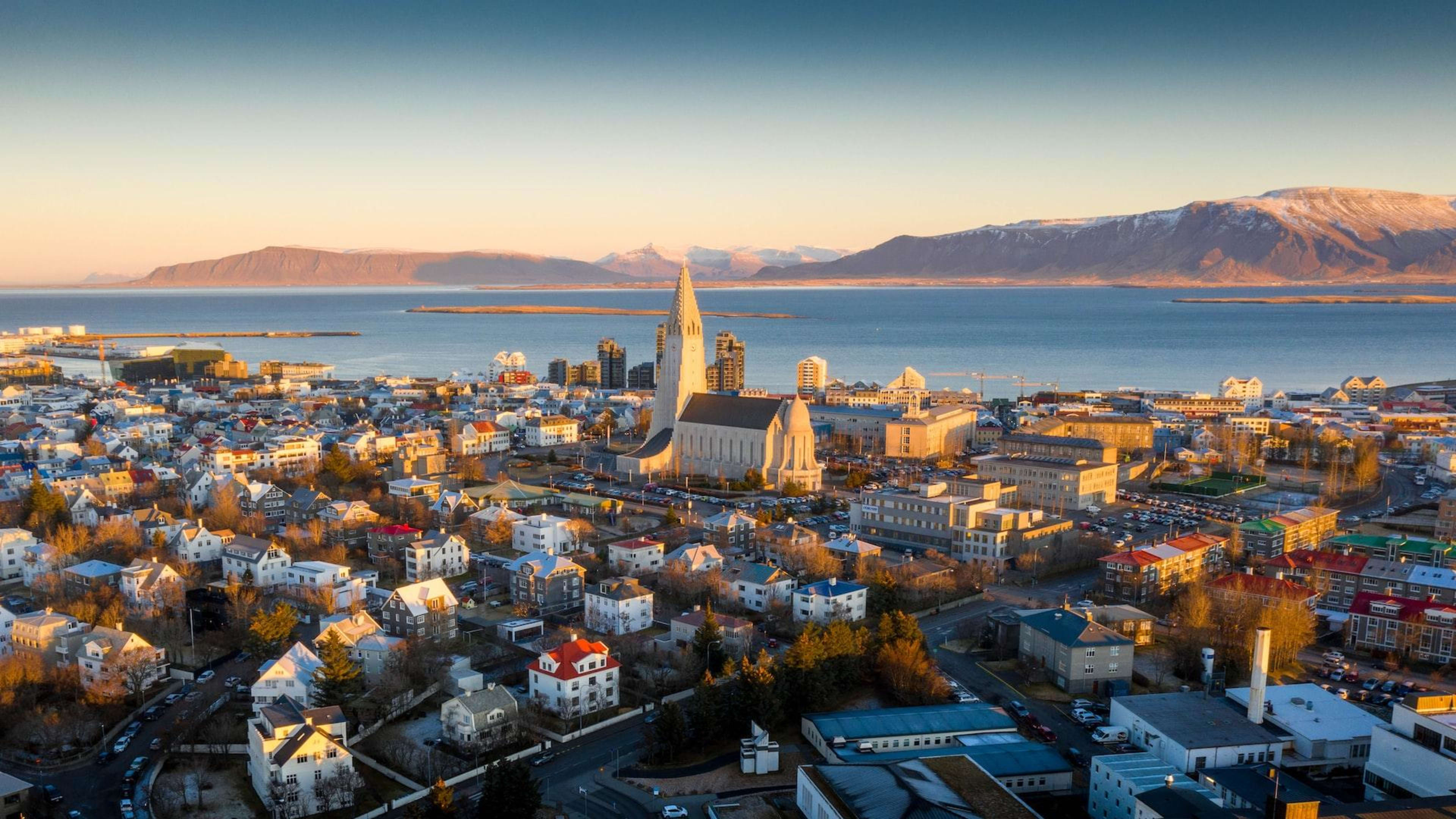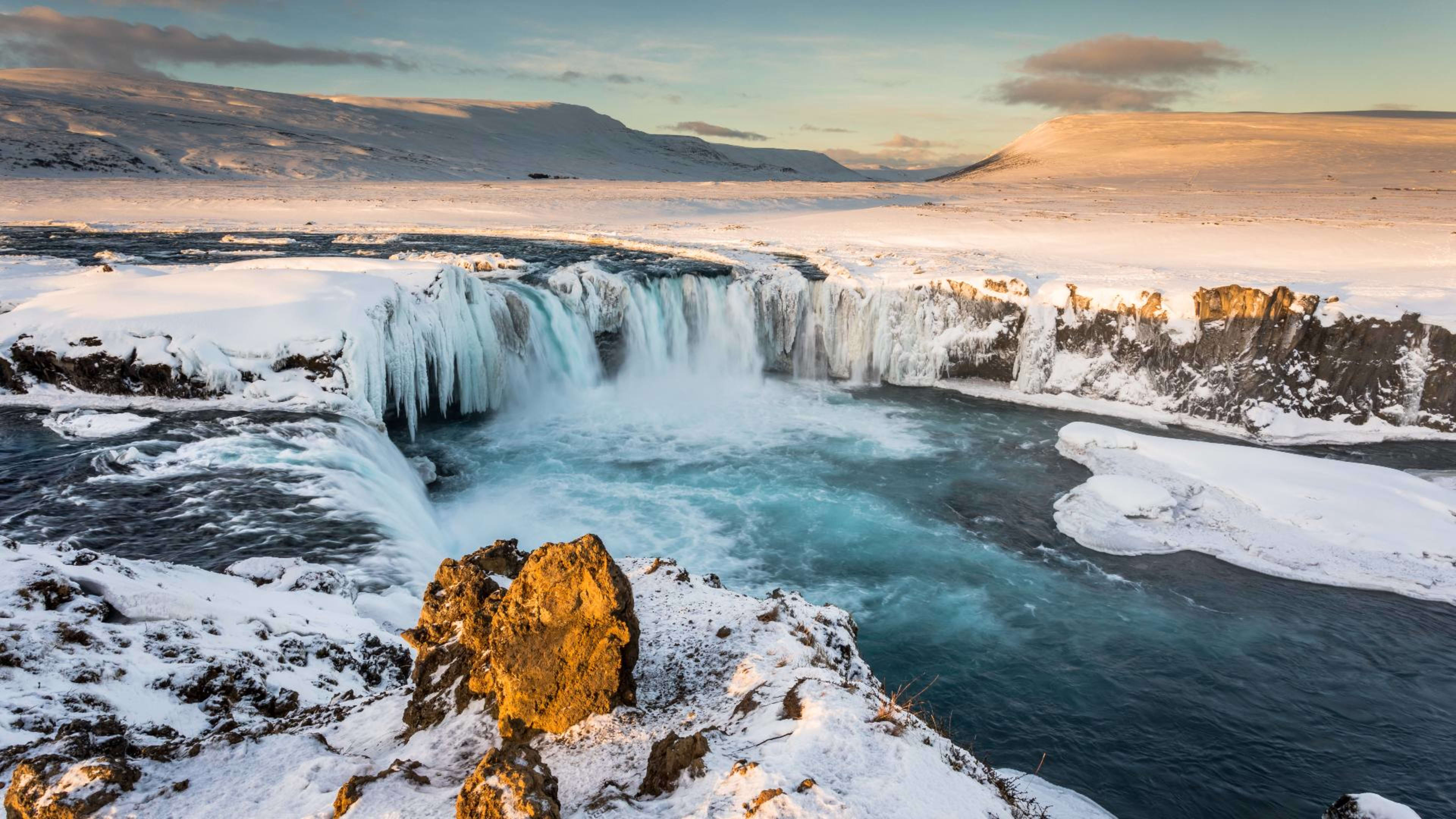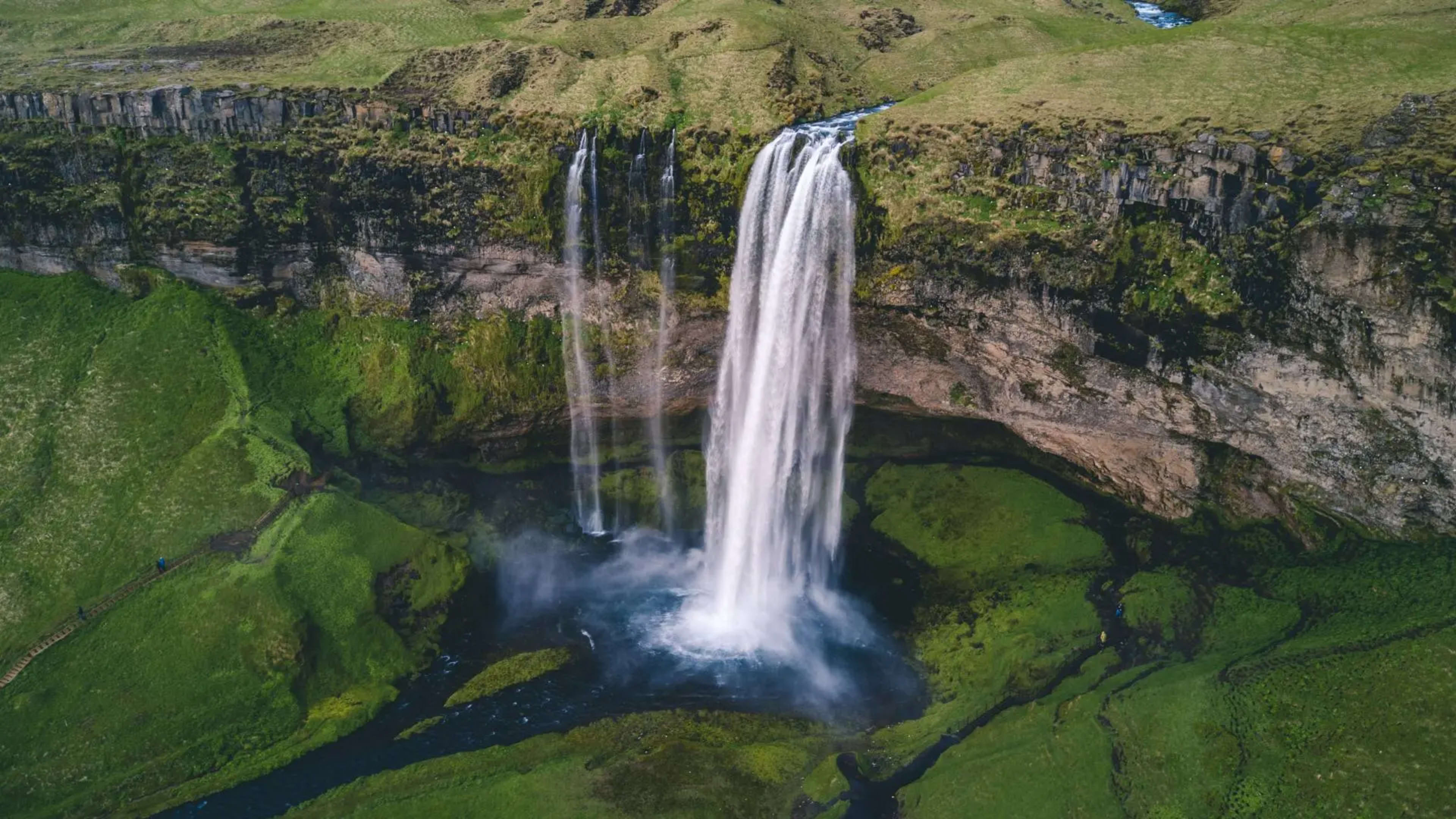Of all the travel destinations out there, why visit Iceland? And why this year? The Land of Fire and Ice offers pristine landscapes, jaw-dropping natural attractions, and exciting cultural experiences. If you’ve not checked Iceland off your bucket list yet, 2025 is the year to do it.
With new places to visit and things to do popping up, there have never been more reasons to go to Iceland. Whether it's exploring new geothermal spas on the Golden Circle or enjoying amazing Aurora-spotting opportunities, you're bound to find something that tickles your fancy!
- Book your 2025 Iceland travel package today.
Why travel to Iceland now?
Is Iceland a good place to visit? You bet! There are plenty of brand-new reasons to visit Iceland in 2025, including:
- Witness more intense Northern Lights thanks to the solar maximum
- Explore South Iceland and the Reykjanes peninsula via the Volcanic Way
- Relax at a new geothermal lagoon on the Golden Circle
- Uncover more whale watching tours and new experiences in North Iceland
- Find out why Iceland is the ultimate ‘coolcation’ destination
Of course, any of these new attractions can be paired with tried-and-tested favorites, such as:
- Classic road trip routes, like the Golden Circle and Ring Road
- Iconic black sand beaches like Reynisfjara and Diamond Beach
- Bucket-list sights on the south coast, such as Jökulsárlón glacier lagoon
- Geothermal spa visits to trendy Sky Lagoon or the famous Blue Lagoon
- Outdoor activities, like riding an Icelandic horse or diving in the Silfra fissure
- Visiting national parks at Þingvellir or the Vatnajökull glacier
What’s new in Iceland for 2025?
Here we’ve rounded up the top 5 reasons you should visit Iceland this year.
1. It’s a bumper year for the Northern Lights
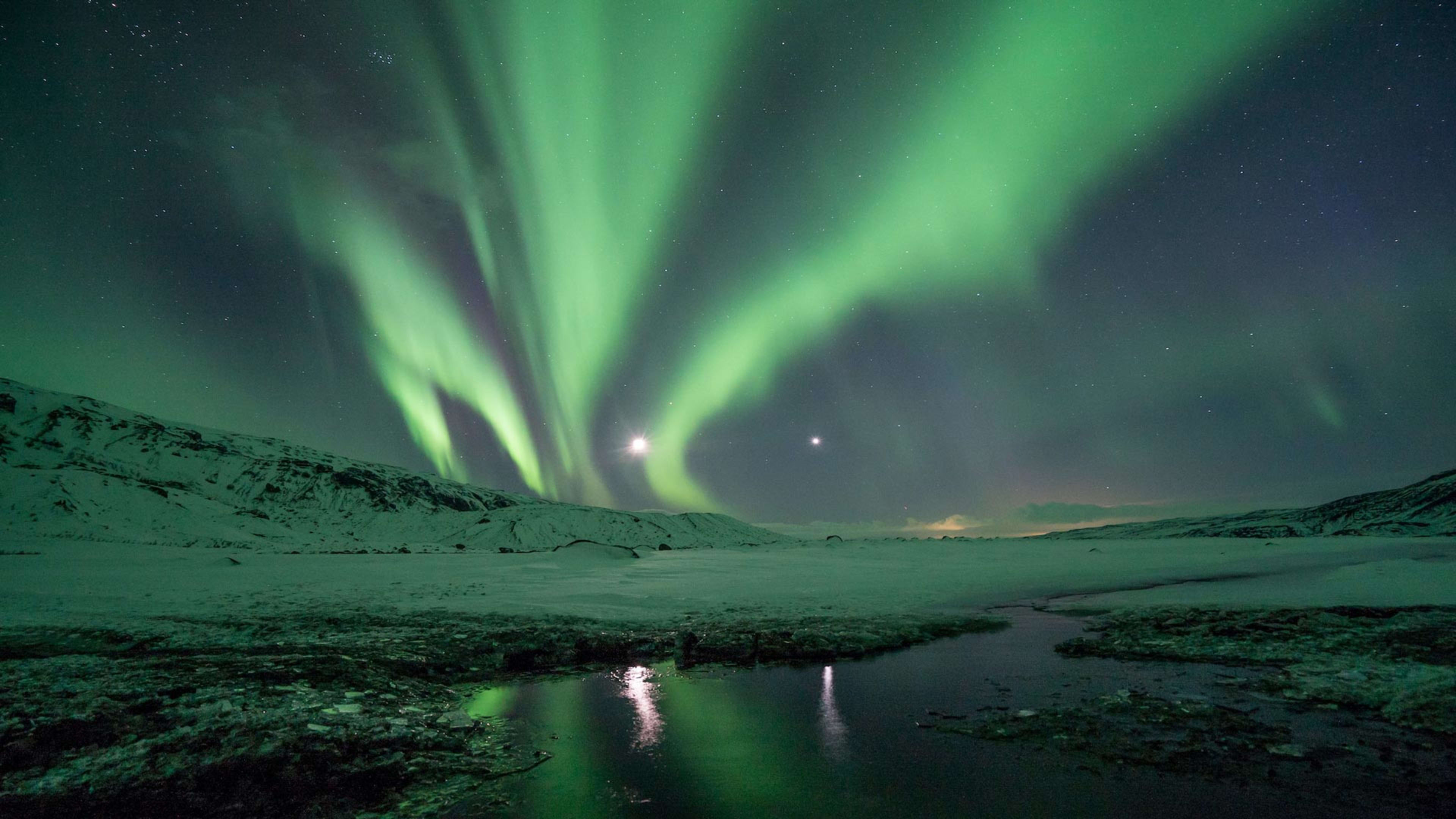
There’s no question that Iceland is one of the best places in the world to see the Northern Lights. With dark winter nights and lots of remote places, you’ve got a great chance to witness this celestial light show here.
For the next few years, experts predict we might see some of the best Auroras in over a decade! That’s because the sun is reaching the ‘peak’ or ‘solar maximum’ of its 11-year cycle, bringing more intense solar activity.
So what does this mean for us stargazers? We can expect more dramatic (and regular!) Aurora Borealis displays.
This aligns perfectly with the rising trend of ‘noctourism’, where travelers plan trips tailored around nighttime activities. If you’re among them, Iceland in winter is the place you want to be. You’ll not only get a chance to witness incredible Auroras, but you’ll also stargaze in some of the darkest skies on Earth.
Technically, you can spot the Northern Lights just about anywhere in Iceland. But to increase your chances, you’ll want to escape to a remote location away from the city lights. These places include iconic landmarks such as Kirkjufell mountain on the Snæfellsnes peninsula.

While you’re here, download the My Aurora Forecast & Alerts app on your phone to see how likely you are to spot the lights on any given night!
- Book your Northern Lights tour package to see this phenomenon for yourself.
- Find the best places to see the Northern Lights in Iceland in this guide.
2. There’s a new Volcanic Way route to explore

If you're wondering where to see active volcanoes in Iceland, look no further than the Volcanic Way. This new touring route covers around 1,200 km (745 mi) round-trip through 17 towns and villages. You’ll travel through South Iceland and the Reykjanes peninsula, stopping at 8 incredible volcanic attractions along the way.
These include the mighty Fagradalsfjall, which has erupted several times recently, the Lakagígar craters, and Hekla, dubbed ‘the Queen of Iceland’s volcanoes’.
But that’s not all you’ll get to experience. As you travel through the Volcanic Way, you’ll also get a chance to:
- Go hiking and soak in natural hot springs at Reykjadalur valley
- Stroll the volcanic shores of Reynisfjara black sand beach
- Take a guided tour of Katla ice cave
- See lava up close at the Lava Show in Vík
- Ride Icelandic horses through volcanic landscapes
- Marvel at Skógafoss, an iconic waterfall in Iceland
- Descend inside the Raufarhólshellir lava tunnel
- Spot puffins in the summertime

But most of all, the Volcanic way is all about taking it slow and traveling with a purpose. Embrace a slower pace, where you can truly immerse yourself in the region. While you'll still hit all the must-see attractions, you'll also discover quieter corners, connect with nature, and experience the local culture in a more meaningful way.
- Discover Iceland’s fiery side on one of these volcano tours.
- Related: Your guide to Iceland’s volcanoes and geothermal activity.
3. A luxurious lagoon is opening on the Golden Circle

In May, a brand-new luxurious lagoon called Árböðin (The River Baths) is expected to open its doors in the Golden Circle region. You’ll find it right on the banks of the Hvítá river, close to the town of Flúðir, and less than 2 hours drive from the capital city, Reykjavík.
Árböðin will have everything you need to relax and recharge – hot and cold pools, a steam bath, cozy relaxation areas, and even a restaurant. Plus, it will be an ideal place to unwind after a day of sightseeing all the Golden Circle’s iconic natural wonders.
If you’re planning on visiting Iceland before May, don’t worry. There are lots of other incredible geothermal spas and hot springs you can visit. At Hvammsík, you'll relax in natural hot springs on the edge of the jaw-dropping Whale Fjord.
And, of course, there’s also the famous Blue Lagoon, where you’ll bathe in milky blue waters surrounded by dramatic lava fields.
- Tour 3 of the country’s most sought-after attractions on a Golden Circle tour.
- Related: Iceland hot springs & geothermal pools – Your guide.
4. North Iceland is more exciting than ever
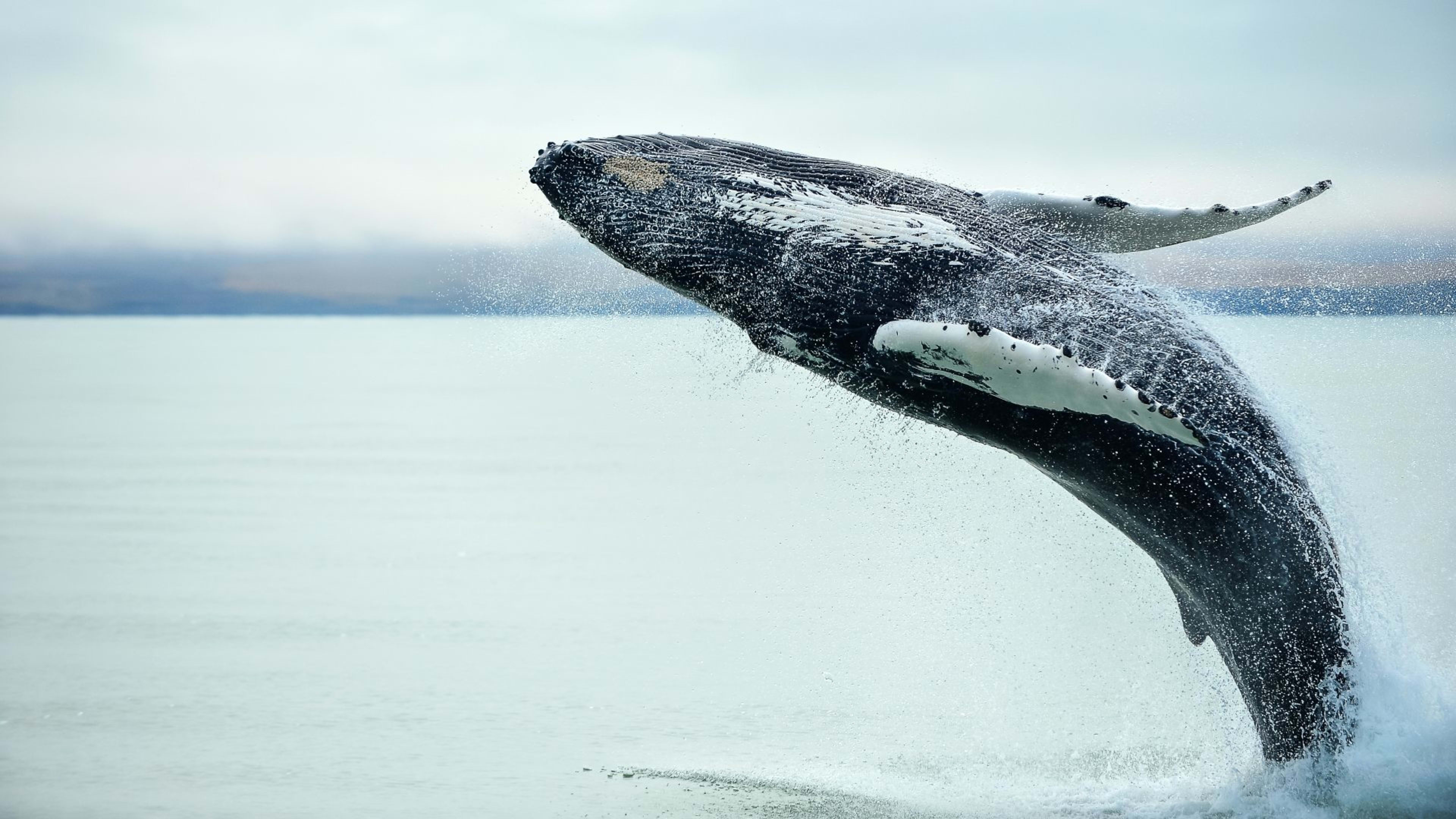
There are few places anywhere else in the world better suited to slow travel than North Iceland. This sustainable approach to traveling is all about forging a connection with the places you visit. You have a deeper sense of where you are in the world and learn about the local people and culture.
North Iceland’s got a captivating blend of mindblowing nature, charming villages, and rare wildlife. Here, you can go whale watching, soak in a bubbling hot spring, and see a roaring waterfall, all on the same day.
As well as nature, the region delivers on culture too. North Iceland is home to Akureyri, Iceland’s second city. The beautiful old town hugs the sides of the Eyjafjörður, Iceland’s longest fjord. It’s absolutely teeming with marine life, including humpbacks, blue whales, and orcas.
If whale watching is high on your bucket list, you’re in for a treat. Starting this summer, Akureyri harbor, along with Hauganes, Árskógssandur, and Hjalteyri, will all offer daily whale-watching trips. This means even more chances to get up close to Iceland’s gentle giants.

Around an hour's drive from Akureyri, you’ll find Mývatn Nature Baths, nicknamed ‘the Blue Lagoon of the North’. Later this year, this geothermal spa is getting a major upgrade, including a bigger lagoon and brand-new facilities.
To get to North Iceland, you can take a scenic 5–hour drive along the Ring Road from Reykjavík or a short domestic flight. However, flying directly into Akureyri is becoming a popular alternative.
Akureyri International Airport has started offering more international flights since 2024. And thanks to a recent expansion, you can expect to see more direct travel options, making it even easier to explore this region.
So come to North Iceland and follow the path less traveled. You’re guaranteed to see a different side of the country.
- Explore this wild & beautiful region with these North Iceland & Akureyri tours.
- Related: Top things to do in Akureyri.
5. Iceland’s the perfect coolcation spot to beat the heat

You might be wondering – what exactly is a ‘coolcation’? It’s a vacation that’s all about escaping the heat and enjoying milder temperatures.
As summers get hotter around the world, more and more travelers are turning to cooler spots to relax and explore. And Iceland, with its average summer temperatures between 10°C–13°C (50°F–55°F), is the ideal destination to do just that.
One of the best things about Iceland in summer is that you can get nearly 24 hours of sunlight to explore its jaw-dropping sights. See towering waterfalls like Gullfoss and Detifoss, explore lush canyons like Fjaðrárgljúfur, or visit Vatnajökull and other national parks.
And because the weather is so mild, you can fully enjoy all of it without feeling overheated.
But it’s not just the views that make Iceland a great coolcation spot. The temperatures make it perfect for outdoor adventures. Whether you’re hiking, exploring glaciers, or soaking up the summer buzz of downtown Reykjavík, you’ll love how easy it is to stay active and comfortable.
- Stay cool on a summer trip to Iceland.
- Related: Awesome things to do in Iceland.
When is the best time to travel to Iceland in 2025?

Choosing when to go to Iceland might seem tricky, but it just comes down to what kind of experience you want to have.
If chasing the Aurora Borealis is top of your list, then you need to go in winter, as they only appear in dark skies. Plus, you’ll be able to see Iceland in its snowy, icy glory (a sight definitely worth seeing). Winter is long in Iceland, but October, November, December, and January are all popular months to visit.
Alternatively, if you want to see the midnight sun and enjoy warmer weather, then a summer vacation is for you. At this time of year, you can also travel to Iceland’s highlands. Summer arrives fairly late here, so you’d be looking at a trip in June, July, August, or early September.
Of course, February to May is also an option too. That said, winter isn’t truly over until around March or April, so that’s worth bearing in mind when picking your dates.
- Go on a fairy tale trip to Iceland with these winter vacation packages.
- Related: When to visit Iceland – The best times to go.
Planning your trip to Iceland
If you’re thinking about traveling to Iceland in 2025, how do you start planning everything?
First of all, decide how you want to travel. If you’re happy to take the wheel of your rental car and have the freedom to go wherever you like, whenever you like, an Iceland self-drive tour is for you.
On the other hand, if you’d rather not drive, you might prefer a multi-day tour from Reykjavík. Travel this way and you can join day trips into the countryside by bus. For a more social experience and an expert by your side, a guided group tour is a great option.
If you’re planning a summer trip, you might even consider a camping vacation so you can get close to nature. At the other end of the spectrum, a private tour might suit you if you want to take advantage of the knowledge of a local guide.
With Iceland Tours, you get accommodation, local transport, and an itinerary arranged for you. This means less stress, and more time getting excited about your Iceland vacation.
You can now secure your booking with just a 5% deposit. So why not book an Iceland vacation package today and start looking forward to your 2025 adventure?



